Photography is an art.
Of course, not every Instagram selfie can earn a place on the gallery wall. When we’re talking about photography as fine art, we’re thinking about the work of Paul Apal’Kin, Rosie Hardy, or Alexandra Sophie, to name a few. You may not be able to define what differentiates these artists from the sea of others, but you can surely feel the difference.
Fine art photography requires not only skill, which must be perfected but also the soul.
And sometimes, it takes years to reach its final form.
But classification shouldn’t scare you. If you’re passionate about photography, that may be enough, to begin with. Today we’ll talk about one of the most genuine representatives of art photography – portrait – so take notes. Taking portraits is also considered to be an essential skill by many artists, and will certainly help you sharpen your inner eye.
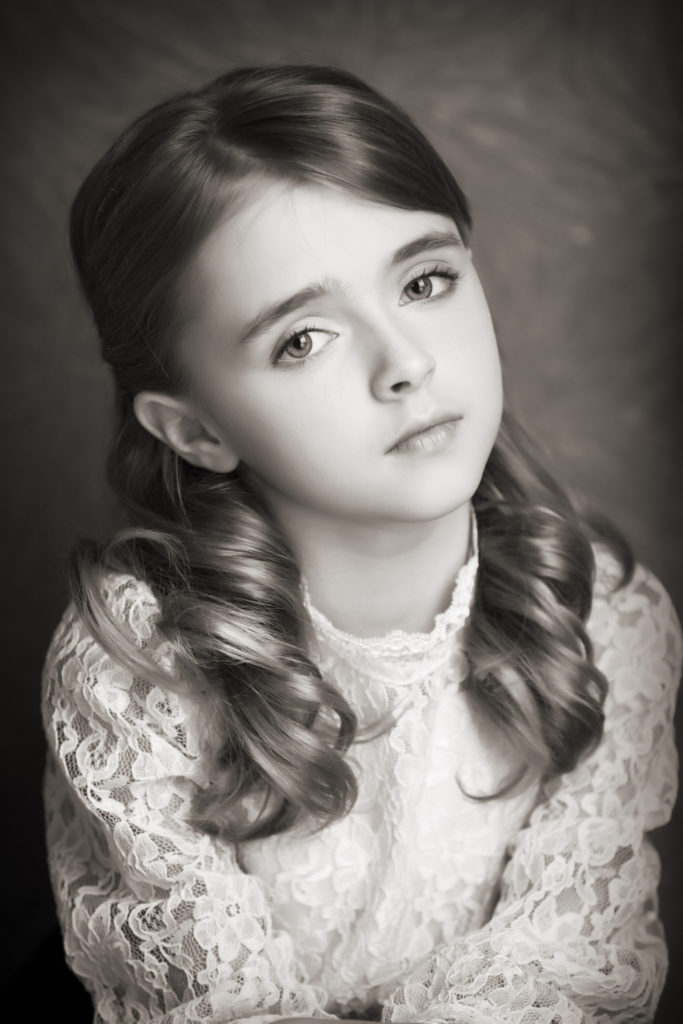
What Defines Modern Portrait Photography?
Portrait photography takes a deeper, longer, and harder look at its subjects, who are coincidentally people. Sometimes, it reveals the depth that hides under the surface. Other times, it merely shows humans in the context of their surroundings, ranging from their fashionable clothes to impressive landscapes. Portraiture is all about us, the people.
In addition to mastering the technical aspect of portraiture, which also includes lighting, posing, composition, and editing, a good portrait photographer must know how to establish a deep, almost intimate connection with the subject. Without a relaxed portrait model, there cannot be an honest photography portrait. Or a good one, for that matter.
Related: 10 Savvy Ways To Improve Mobile Photography
7 Tips for Taking Stunning Photography Portraits
But does this mean that you can’t photograph strangers?
How are you supposed to elicit trust in somebody who doesn’t know you?
If modern portrait photography were easy, we’d all be doing it. But don’t despair. These tricks can be learned – take a look at wedding portrait photographers! Until you master the craft of making people feel comfortable in front of your camera, keep practicing the following skills on photogenic friends. Some of them were certainly born models!
-
Choose the Right Lighting Technique
Portraiture lighting used to be simple – just put your subject in front of a strong lighting source or a portable softbox and you’ve got yourself a decent photograph. But these aren’t the 1970s or the 1980s. Modern portrait photography, in today’s sense of the word, implies something more similar to a photography style that’s even older than that.
You may have heard about barn doors, snoots, grids, or bare-bulb light heads. They are all good, and you should try mastering them.
But if you want a truly contemporary look, better take your notes from the 1940s and 1950s masters of portrait photography. These decades were all about glamour, which allowed photographers to use flash and play with action-stopping capabilities. To keep it more contemporary and achieve the soft, luminous edges, combine it with daylight.
-
Learn to be Innovative with Your Flash
Speaking of which, this combination of daylight and fill flash can go either way. As a portraiture lighting technique, it’s somewhat overused and has become a photography cliche. But use it right, and you can achieve amazing effects. If you’re already relying on flash to help you get the most out of the daylight, then you should use a high-powered one. But still, having the sun directly on the model’s face will cause problems.
One way to solve this problem is to find some natural shade; such is the shadow of a tree or a building. Alternatively, you can make your own using large black cardboard. Another solution, and maybe an even better one, is to center the model between your camera and the sun, thus creating a naturally occurring shadow to hide your camera in.
-
Don’t Be Afraid to Experiment with Color
Natural daylight isn’t always your best friend. The absence of the sun allows you to play with background colors.
Color-saturated backdrops are a very modern choice in portrait photography and a true refreshment after decades of muted portrait panels. To achieve a pop of color or a dynamic backdrop, you’ll need a dark area that you can light with gel filters. The alternative is to find a gorgeous backdrop painted in vivid colors, like a well-lit wall, for example.
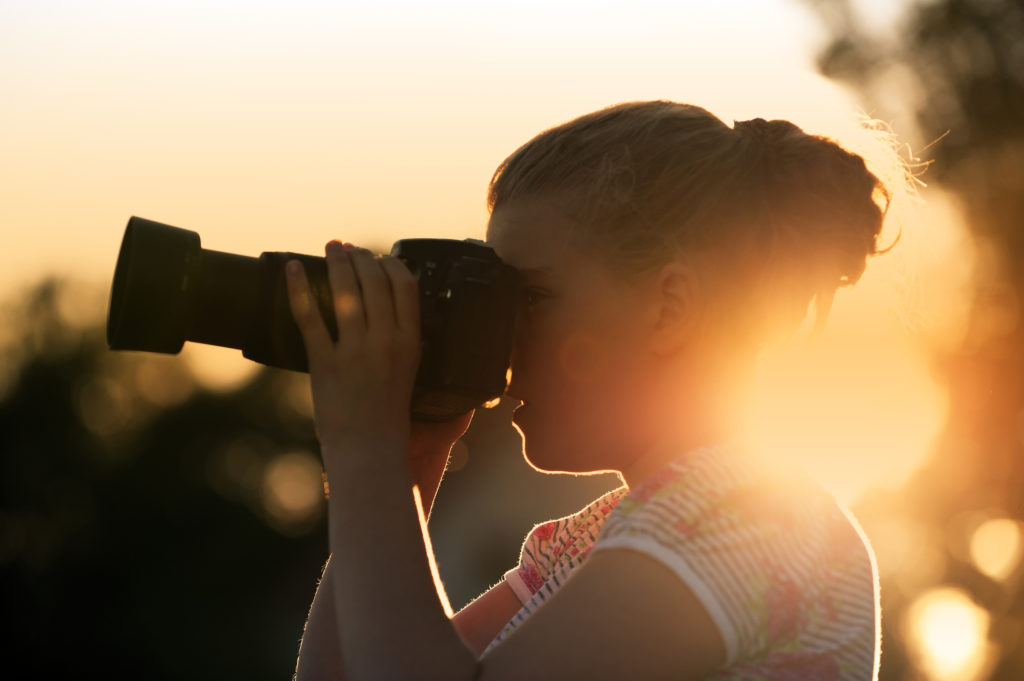
-
Don’t Be Afraid to Use and Show Motion
Did you know that you’re allowed to use motion while taking photography portraits? Not only is movement no longer considered to be a portraiture mistake, but it is a welcome addition that is often described as bold and innovative. And the movement is so easy to catch – you need to use tilt and shift and medium format lenses.
That way, you’ll achieve an interesting blurry effect.
If you’d rather stay on the safe side of the genre, then we recommend shooting at f/16 with a handheld medium format camera and setting your exposure to 1 or 2 sec. This will make the background slightly blurry, while the subject will remain as crisp as needed. You’ll also need a studio flash to highlight the subject and foreground.
-
Try to Stay Outside of Your Comfort Zone
Whatever you do, never stop taking risks.
This is of utmost importance in any form of art – the courage to push boundaries and stretch limits is what separates a true artist from amateur. In practice, this means committing yourself, your time, and all your creative energy to mastering new portraiture techniques and discovering your unique approaches. Be confident in your work!
Related: 9 Basic Photography Tips for Beginners To Take PRO Shots
-
Use the Environment to Highlight People
Here’s a good example of groundbreaking risk-taking:
Until very recently, front-and-center was one of the major rules in portrait photography. Today, we’re seeing photography artists breaking this norm to show how people interact with their surroundings. In modern-day portraits, subjects are often decentralized and caught interacting with off-camera people, which also tells us something about them.
Because at the end of the day, a portrait should help us get to know its subject.
-
Don’t Forget About the “Golden Rule.”
No, we’re not referring to the “golden ratio.” We’re done with lighting for today. Besides, everyone knows about the importance of “the rule of thirds.” The “golden rule” we’re referring to dictates that a portrait photographer must never be disrespectful of the subject you’re photographing. You’re taking a snip of his or her soul, so be very patient.
Pin this for later!
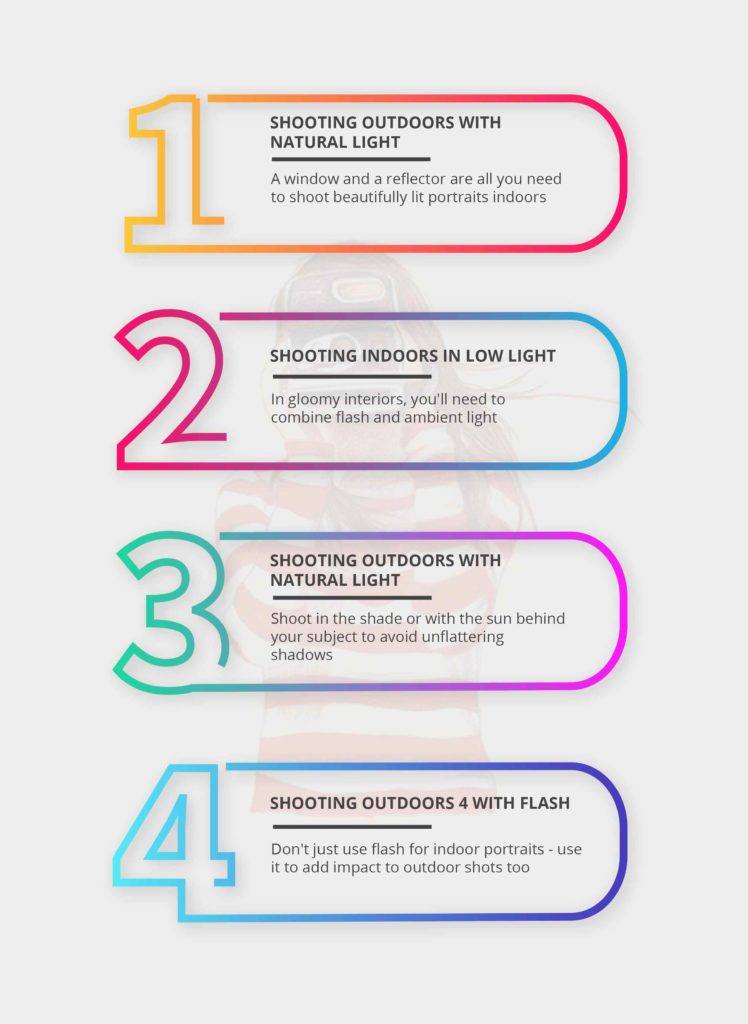
Conclusion
In the end, forward it all to a smart photo editors team.
We’ve already mentioned that portraiture sometimes takes years to achieve its full potential and smart photo editing can help you speed up that process until you learn to catch the perfect light and position your camera like a pro. Unfortunately, editing can’t transform amateur work into a piece of art. Only practice and hard work can. Good luck!
Author Bio
Isabella has been an avid blogger for 5 years, with particular interests in Photography – lifestyle activities like Travel, Weddings, etc. Today she is an expert on the subject and over the years she has consistently contributed articles to top photography and lifestyle publications. Presently, she is associated with Smart Photo Editors (SPE) – a photo editing service company.

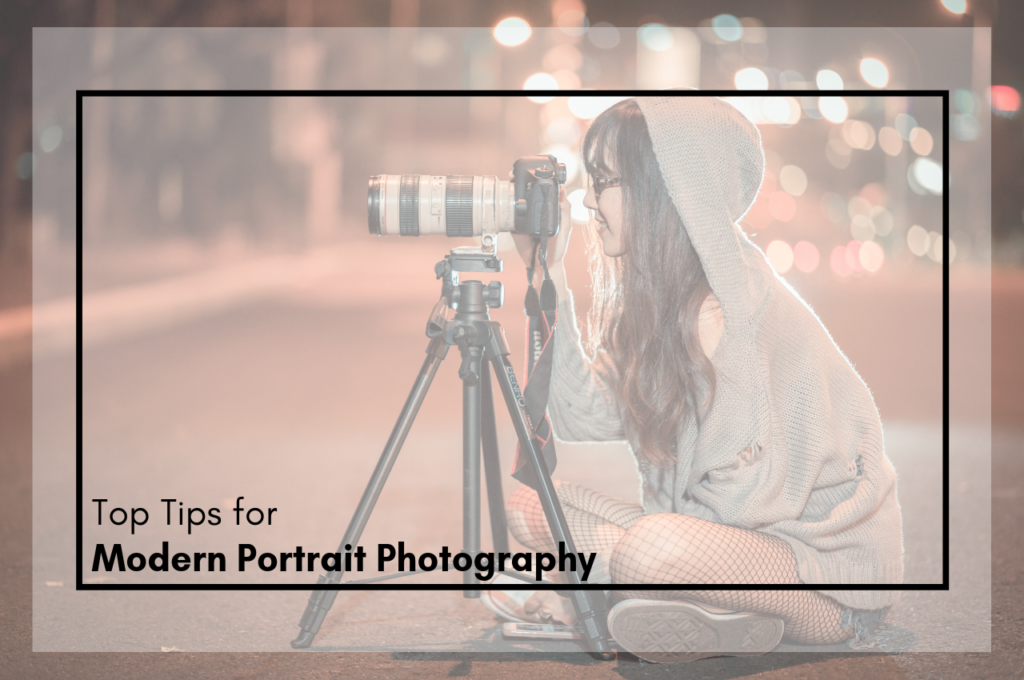
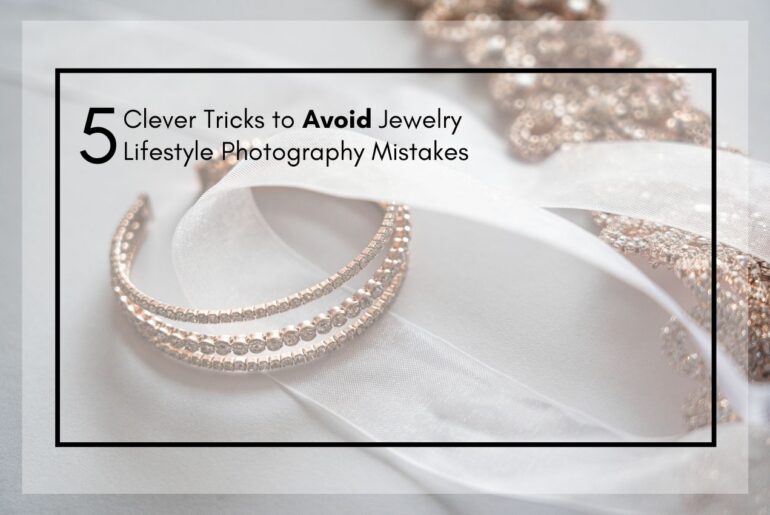
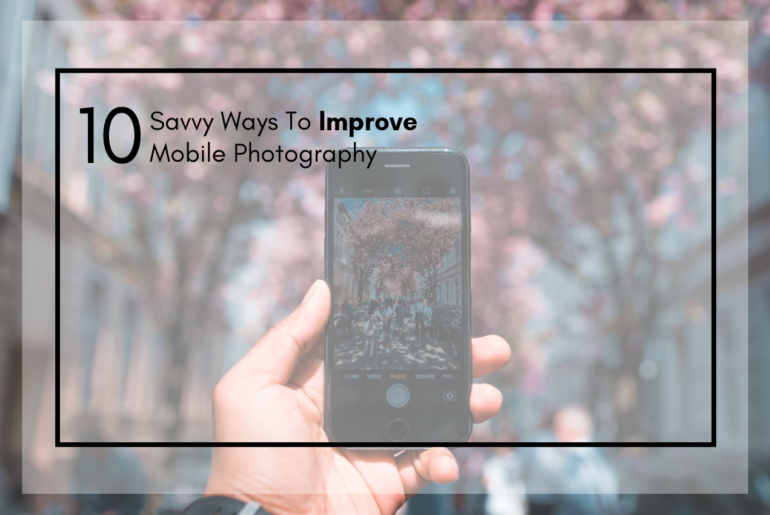

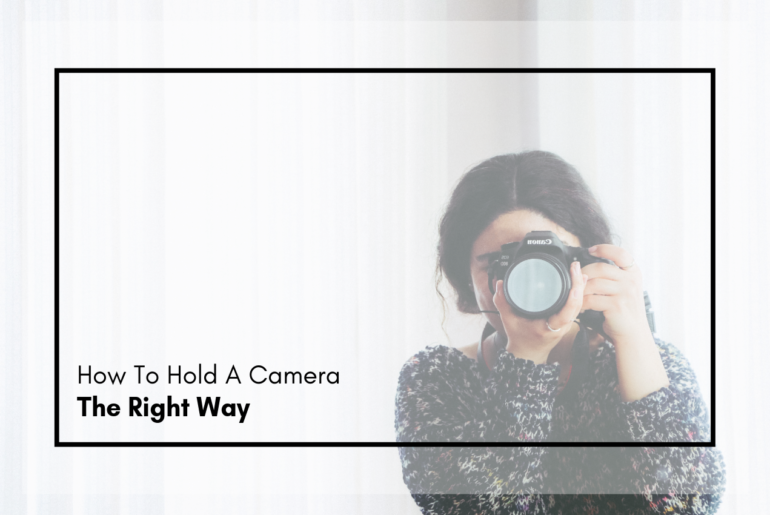
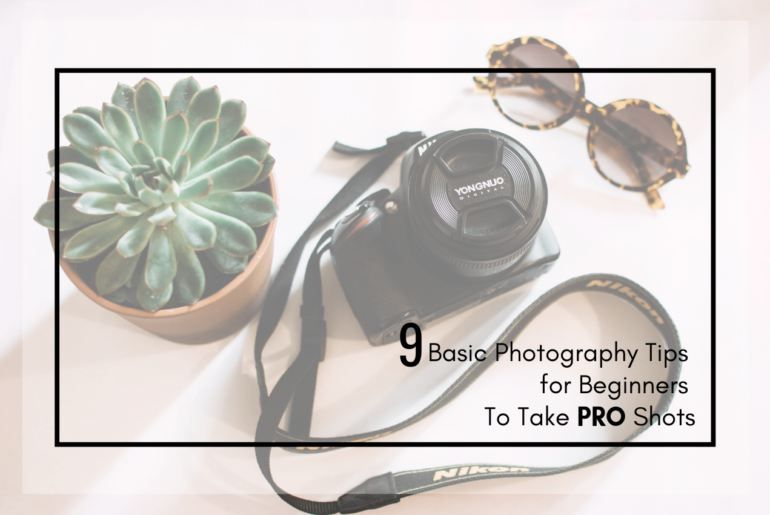


1 Comment
Very nice information is available here. Thanks for sharing.